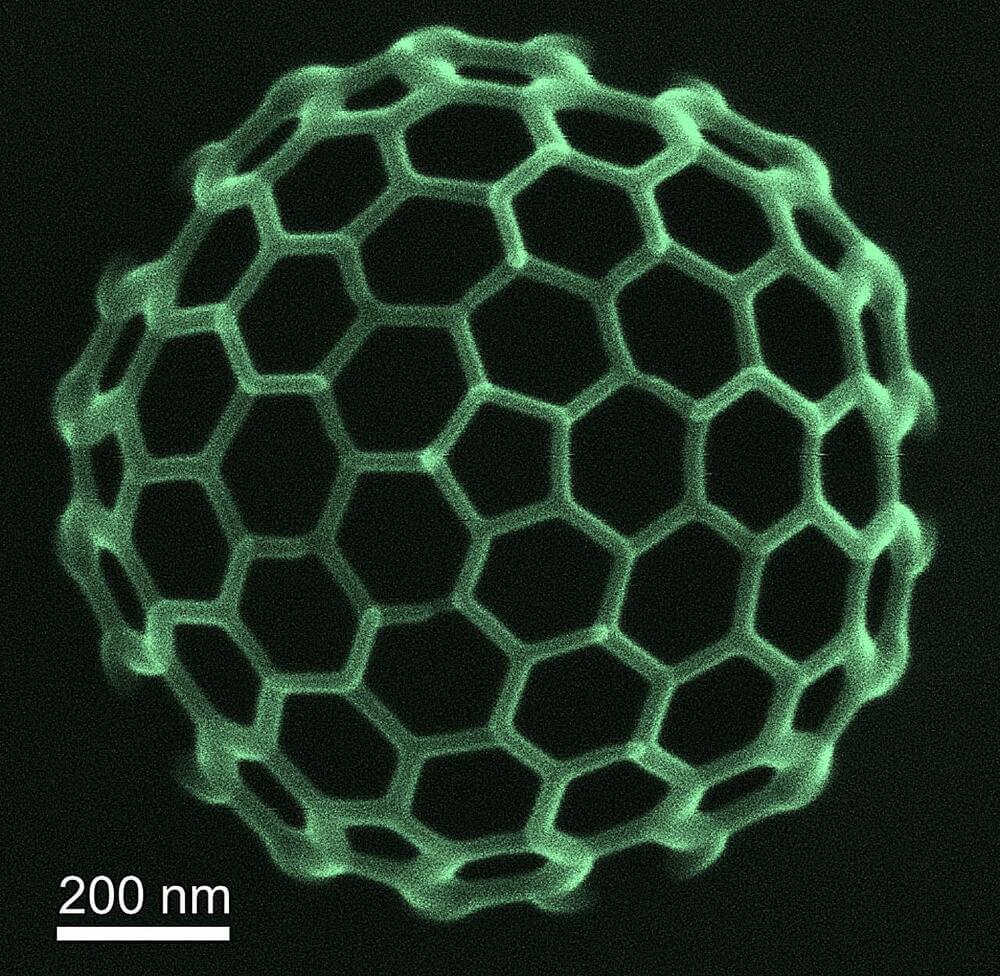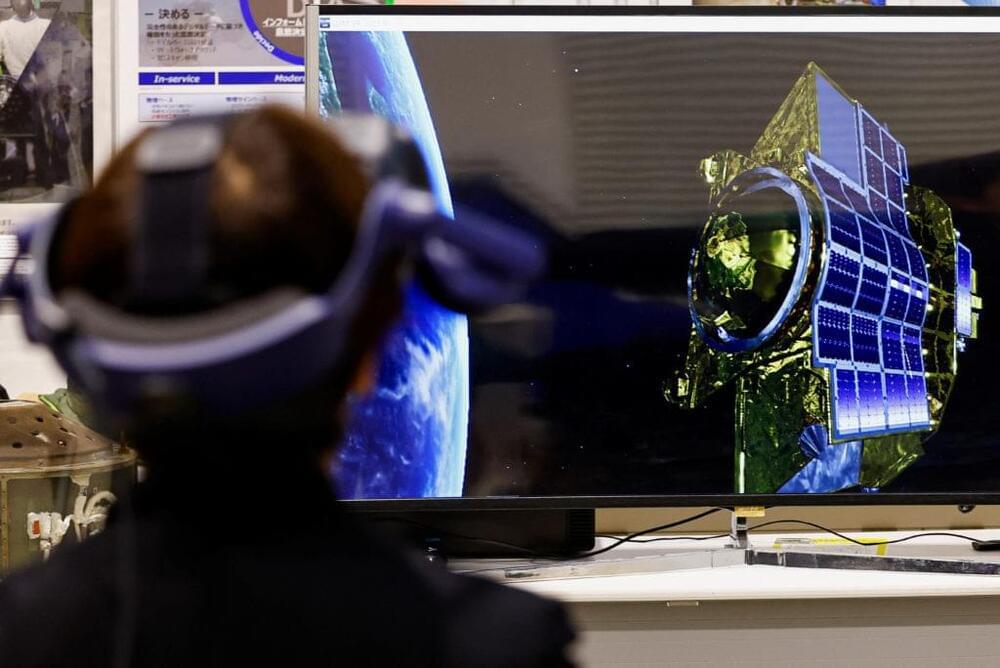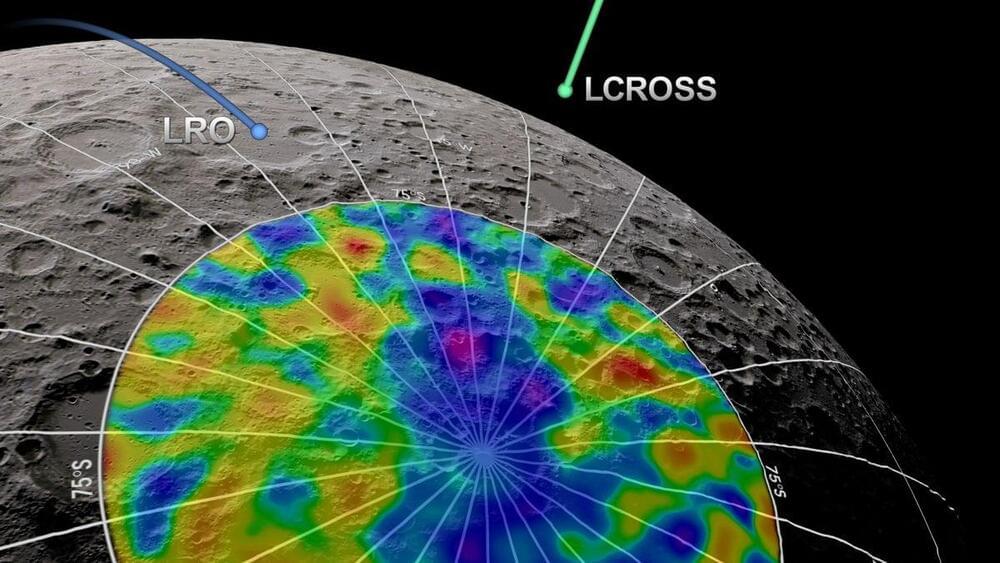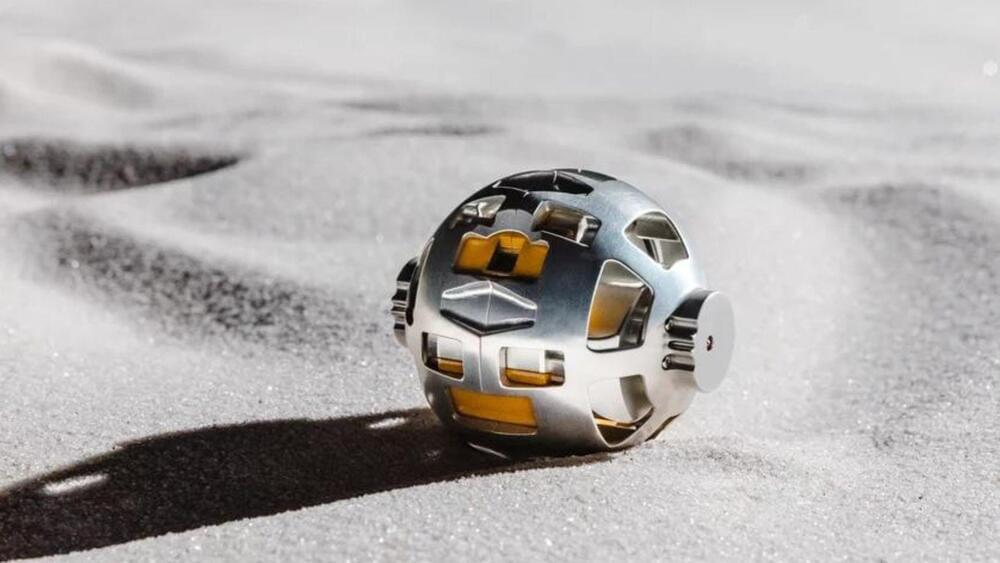Jan 21, 2024
Researchers optimize 3D printing of optically active nanostructures
Posted by Genevieve Klien in categories: 3D printing, nanotechnology, space
NASA’s Lunar Reconnaissance Orbiter (LRO) has successfully bounced a laser off of India’s Vikram lander, which successfully touched down on the Moon’s surface in August.
The LRO’s laser altimeter aimed its sights at Vikram in December, shooting it with a series of laser pulses. Vikram’s 2-inch-wide retroreflector, which comes courtesy of NASA, bounced these signals right back, with scientists confirming the first-of-its-kind “ping” moments later.
The feat could revolutionize the way we locate objects and determine their exact locations on the Moon’s surface from vast distances using a surprisingly low-tech solution.

















